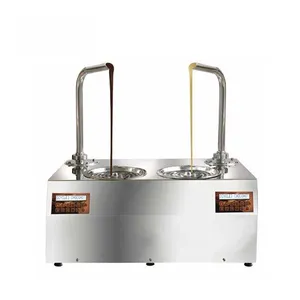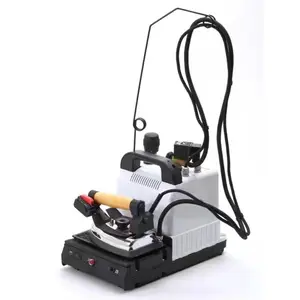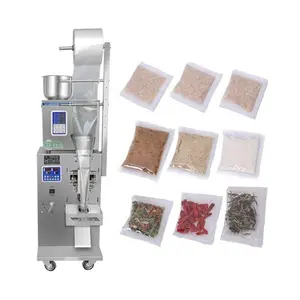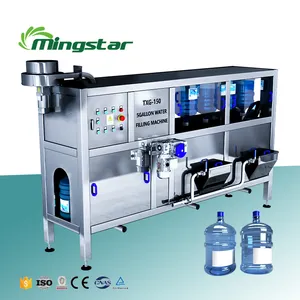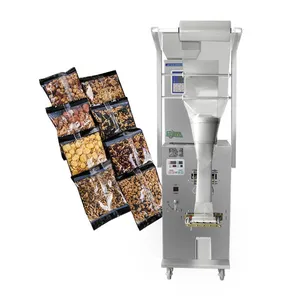Popular in your industry














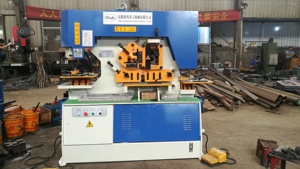
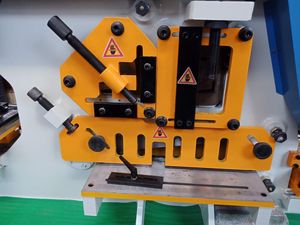






















































Top categories
About cut off machines
What are Cut Off Machines?
Cut off machines, also known as chop saws or cut-off saws, are a type of power tool that are designed for cutting hard materials such as metals, ceramics, concrete, masonry, and more. These machines can be indispensable tools in various industries including manufacturing plants, construction sites, and metalworking facilities. They enable precise cuts that are essential for the fabrication of components and structures, making them invaluable to professionals such as builders, fabricators, and metalworkers.
The principle of operation for a cut off machine is relatively straightforward. It generally involves a powerful motor that drives a circular blade or disc at high speeds. As the disc spins, it cuts through the material placed against the machine's base or clamped securely in place. The cutting action can be abrasive or non-abrasive, depending on the type of blade used. Abrasive discs grind away material with friction, while non-abrasive types, such as carbide-tipped blades or diamond-edged blades, slice through with a sharp edge.
Safety is a critical aspect when operating cut off machines. They are equipped with various features to protect users from potential hazards such as flying debris and accidental contact with the spinning blade. Shields, clamps, and other safety mechanisms are standard on these machines to ensure safe operation. Furthermore, correct usage and adherence to safety protocols are essential for preventing injuries during cutting tasks.
Types of Cut Off Machines
The selection of cut off machines available caters to a broad range of applications and preferences. Here's an overview of some common types:
Electric Cut Off Machine: These are among the most widely used cut off machines, powered by electricity for consistent performance. They're suitable for use in workshops and on job sites where electrical power is readily available.
Pneumatic Cut Off Saw: Utilizing compressed air for power, pneumatic cut off saws offer portability and are often lighter than their electric counterparts. These tools are commonly found in environments where electrical power may pose a hazard or is not available.
Circular Saw Machine: Designed for straight cuts across various materials, circular saw machines are versatile tools that can be hand-held or mounted on a table. They're popular in woodworking but can also be fitted with appropriate blades to cut metal.
Plasma Cut Off Machine: Employing plasma technology to cut through metal with precision and speed, plasma cut off machines are especially useful in metal fabrication for creating intricate shapes and designs.
Laser Cutting Machine: These sophisticated machines use high-powered lasers to make precise cuts in various materials including metal, wood, plastic, and fabric. Laser cutting machines are often used in manufacturing for their precision and ability to produce complex contours.
Each type serves different needs within various industries, from simple home repairs to complex industrial manufacturing processes.
How to Choose Cut Off Machines
Selecting the right cut off machine for your business involves considering several factors that align with your specific requirements and intended use cases. Here's what businesses should take into account:
Material Compatibility: Ensure that the machine you choose is capable of cutting the types of materials you work with. Different blades and technologies are optimized for different materials like metals, ceramics or composites.
Power Source: Whether electric, pneumatic or hydraulic, consider the power source that best fits your operational environment. Electric models require a stable power supply while pneumatic models need an air compressor.
Cutting Capacity: The size and depth of cuts you need will dictate the size of the machine required. Evaluate the maximum cutting capacity needed for your typical tasks.
Precision Requirements: If your work demands high precision cuts with clean edges, laser or plasma cutting machines might be more suitable compared to abrasive disc cutters.
Portability: For businesses that require mobility such as construction or contracting work, portable models would be optimal.
Safety Features: Look for machines with robust safety features such as blade guards, emergency stops, and lock-off switches to ensure operator safety.
Best Cut Off Machines on Alibaba.com
For businesses seeking reliable cut off machines that match their industrial needs while ensuring value and efficiency, Alibaba.com stands out as an ideal marketplace. The platform brings together a vast array of options from suppliers around the globe. With its diverse selection spanning from electric cut-off saws to advanced laser cutting systems, buyers can discover machinery that aligns with their specific industrial applications whether they're involved in construction works or precision metal cutting.
Alibaba.com not only provides access to a wide range of machinery but also ensures a streamlined purchasing process – from easy search and comparison tools to secure payment methods backed by Trade Assurance for buyer protection. Additionally, its global reach offers buyers unique opportunities to source machinery from various parts of the world while receiving support in local languages.
The platform's commitment to facilitating B2B transactions is evident in its user-friendly interface which simplifies navigation across different categories and filters based on key selling points like multifunctionality and ease of operation. Whether you're equipping a large manufacturing plant or sourcing tools for a small workshop, Alibaba.com provides an efficient route to equip your business with the right machinery tailored to your operational demands.
Common FAQs for Cut Off Machines
What materials can cut off machines handle?
Cut off machines are designed to cut a variety of materials including metals, concrete, masonry, ceramics, and wood, depending on the type of blade or disc used.
Are cut off machines suitable for precision cutting?
Certain types of cut off machines, such as laser cutting machines or plasma cutters, offer high precision and are suitable for intricate cutting tasks that require exact measurements and clean edges.
What safety features should I look for in a cut off machine?
Important safety features include blade guards, clamps to secure the material being cut, lock-off switches to prevent accidental starts, and emergency stop mechanisms.
How do I choose the right blade for my cut off machine?
Select a blade based on the material you need to cut. Abrasive discs are common for metal cutting, while carbide-tipped blades or diamond-edged blades are used for harder materials.
Can cut off machines be used for both wet and dry cutting?
Some cut off machines are designed to support both wet and dry cutting. Wet cutting typically involves using water to cool the blade and reduce dust, while dry cutting is done without any coolant.
What is the difference between a pneumatic cut off saw and an electric one?
A pneumatic cut off saw is powered by compressed air and is lighter and more portable than an electric one, which requires a stable electrical power source to operate.
Are there portable options available for cut off machines?
Yes, there are portable cut off machine models available that are ideal for construction sites or other work environments where mobility is necessary.
How does the size of a cut off machine affect its performance?
The size of the machine generally determines its cutting capacity, including the maximum size and depth of the cuts it can make, which should align with your business needs.
Can cut off machines be used for bevel cuts?
Some advanced models of cut off machines allow you to make bevel cuts by adjusting the angle of the blade relative to the material being cut.
What maintenance is required for a cut off machine?
Regular maintenance includes cleaning, checking for worn parts such as blades or belts, ensuring proper lubrication, and inspecting safety features for proper operation.

